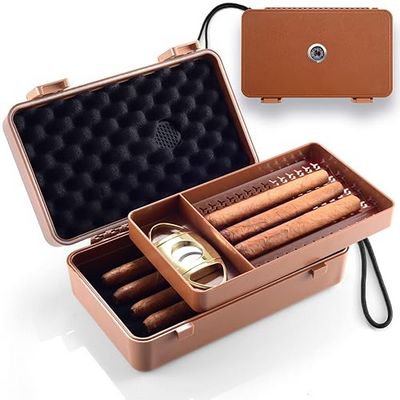Install Pin Up app 💰 Offers free spin 💰 200 Free Spins
February 11, 2025Code Studies crippling their Birth Process? How MR review ladder is also price some thing right up
February 11, 2025
The Importance of Humidor Temperature for Cigar Preservation
Maintaining the appropriate humidor temperature is critical for any cigar aficionado looking to preserve the integrity, flavor, and longevity of their collection. Whether you’re a seasoned cigar lover or a newcomer exploring the world of fine cigars, understanding the nuances of humidor temperature control can make all the difference in your cigar experience.
The primary function of a humidor is to simulate the tropical environments where most cigars are produced. This is where temperature and humidity play a crucial role. Cigar tobacco requires a specific climate to remain at its best; too much variance can lead to several issues that compromise the cigar’s quality, such as mold, swelling, or an overly dry leaf.
Why Temperature Control is Essential
Temperature control in your humidor is vital. The ideal temperature range is between 65 to 70 degrees Fahrenheit (18 to 21 degrees Celsius). This range allows the cigars to mature properly without the risk of damage caused by environmental factors. A temperature higher than this can increase the risk of tobacco beetle infestation, while a lower temperature might not provide the optimal conditions for aging.
At higher temperatures, the risk of beetle larvae hatching increases. Even at best practices for humidity, higher temperatures give way to this possibility, which can ruin an entire collection. Conversely, if the environment is too cold or if fluctuations are frequent, the delicate oils within the tobacco can lose their vigor, leading to a bland smoking experience.
Factors Influencing Humidor Temperature
A range of factors can influence the internal temperature of a humidor:
- External Environment: Where the humidor is placed greatly impacts its internal temperature. Sunlight and heat sources can increase temperatures, so a shaded, cool area is preferred.
- Material and Seal: The construction of the humidor, including its seal, can affect its efficiency in maintaining stable conditions. Quality models are generally made from materials such as Spanish cedar, which help maintain consistent temperatures.
- Humidification System: The type of humidification system can also affect temperature. Some systems produce cold or heat as a byproduct, which can impact regulation.
How to Monitor and Adjust Temperature
To protect your investment, it’s significant to regularly monitor and adjust the humidor’s temperature. A digital thermometer can be a reliable tool for continuous monitoring. Many modern humidors come with built-in thermometers and hygrometers that provide a clear reading of the internal environment.
If adjustments are needed, consider these approaches:
- Placement: Relocate the humidor to a more stable environment if it’s too warm or cold. Avoid areas adjacent to windows or heating vents.
- Calibration: Regularly calibrate your hygrometers and thermometers to ensure accurate readings.
- External Temperature Control: Use climate control solutions in the room where the humidor is kept. This could include air conditioning or room heaters, depending on your needs.
Final Thoughts
The art of maintaining a proper humidor temperature is crucial for the cigar enthusiast. It requires attention to detail and consistent monitoring to ensure the preservation of flavor and quality. By adhering to the ideal conditions, cigars can be enjoyed at their finest without the degradation caused by temperature mismanagement.
By employing these methodologies, you’re not just preserving cigars; you’re safeguarding an experience — the rich taste, aroma, and pleasure that come with carefully aged tobacco.
